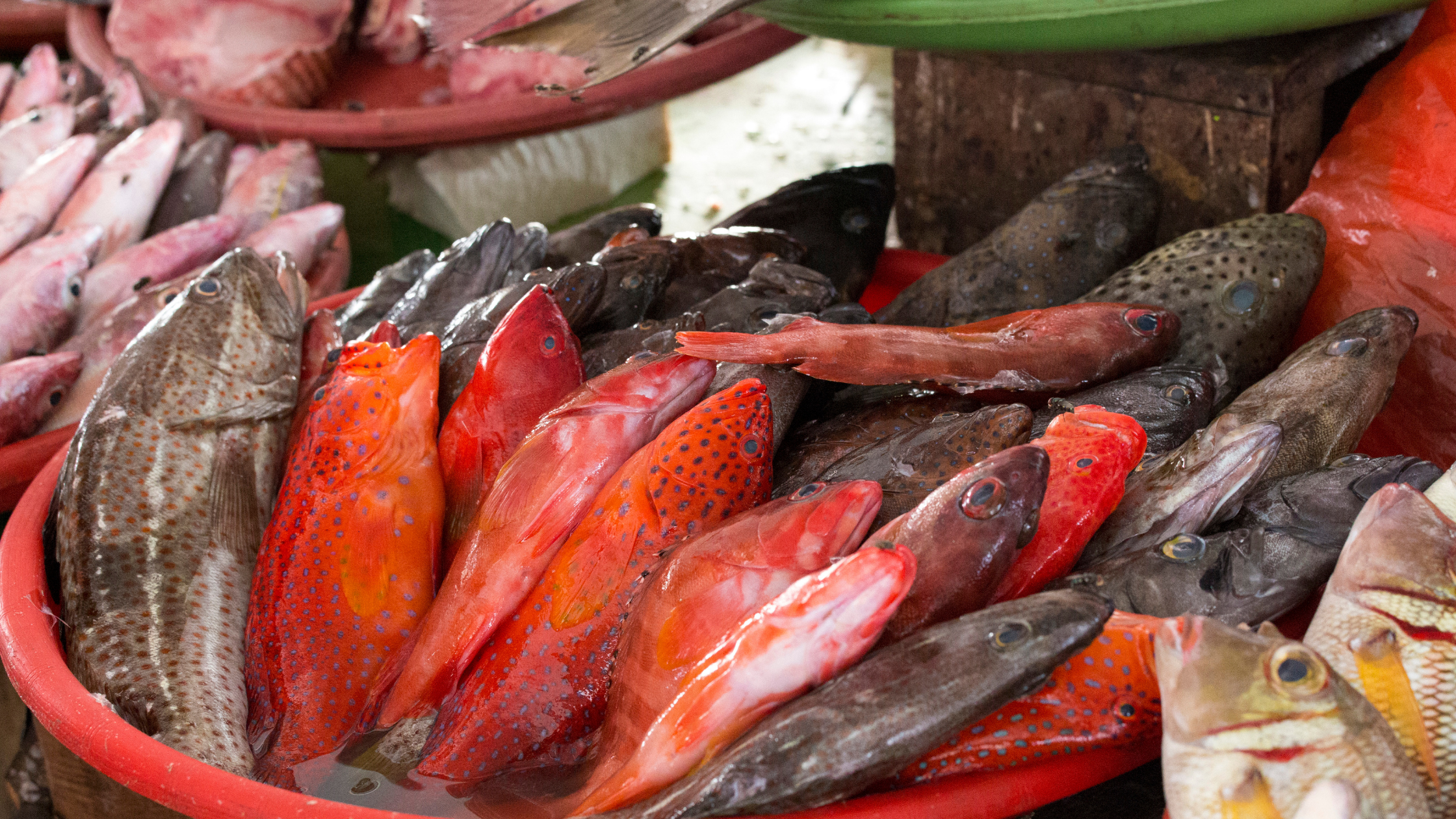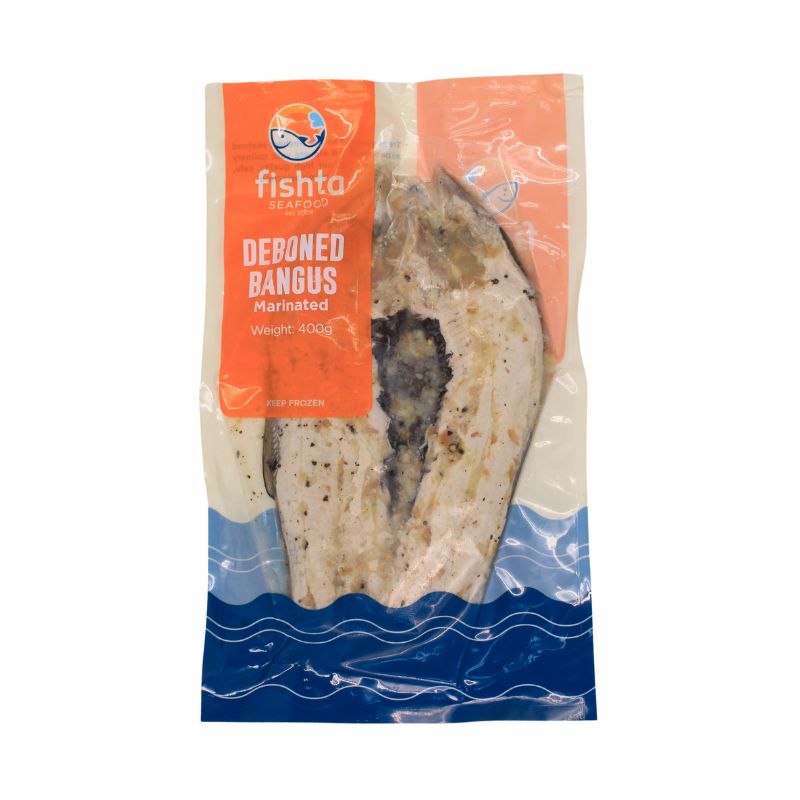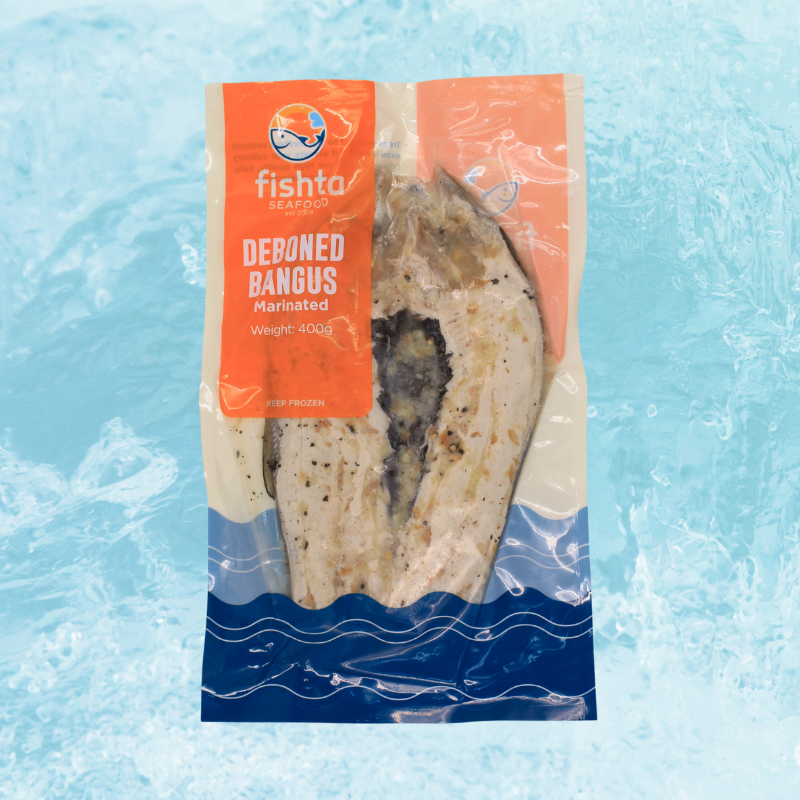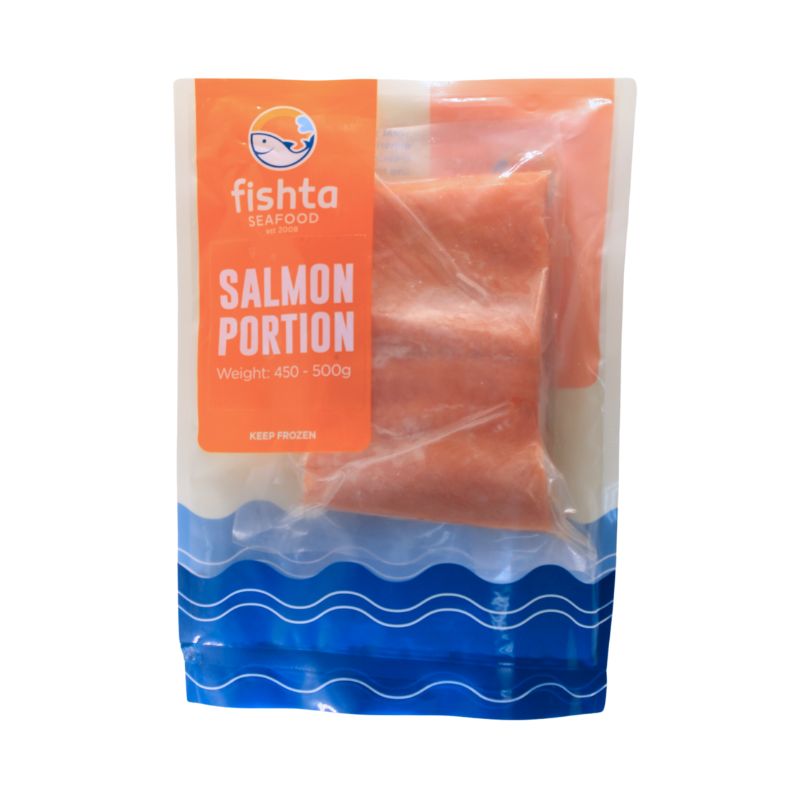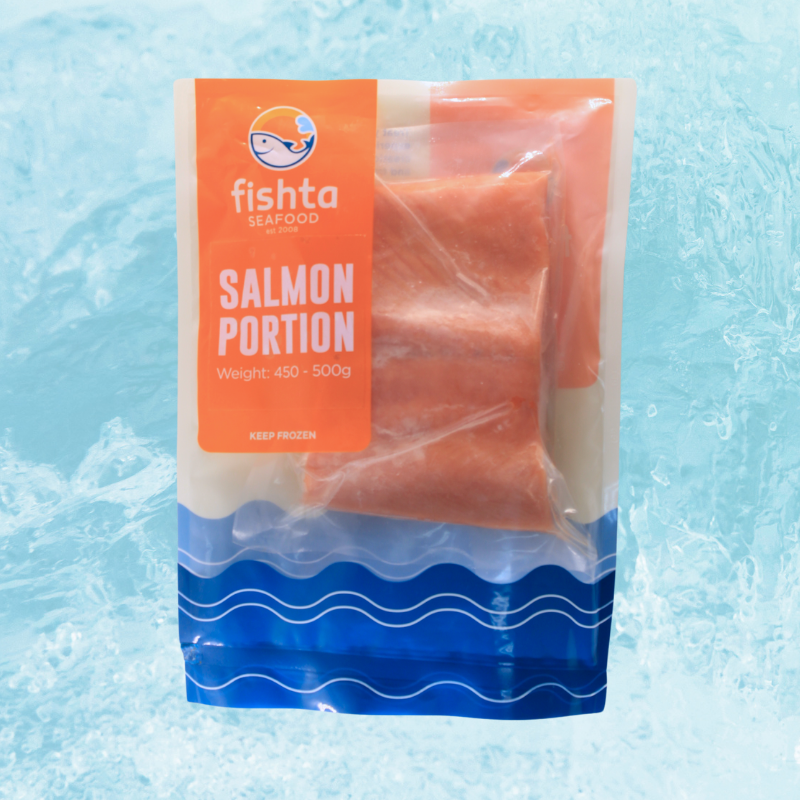Last August 2021, Indonesia's marine fisheries began creating sustainable fisheries models that will hopefully help the entire archipelago's fishing zones. When it comes to being a marine capture producer, Indonesia leads second to China who is 2020, was able to incur IDR 431.47 trillion from the fishing industry alone.
The industry also employs 12 million Indonesians, which are all elemental to creating a more sustainable fishing plan that the country is trying to move towards. The fishing ministry aims to implement working units that will further assess the fish stock health and analysis that would better establish fishing zones on a large-scale basis.
Closing in on the wealth disparity of the West and East
According to the head of the fishing ministry, Muhammad Zaini, this will, in turn, make it more convenient to protect certain fishing zones for conservation purposes while also addressing a wealth disparity between several fishing communities across the archipelago.
Despite the more developed part of Indonesia, the west utilizes more modern structures in fishing; the eastern region has more operational boats but still finds that most of the catch is located in western ports in Java.
The Indonesian government has made an effort to boost fish stocks in multiple fishing zones without increasing the risk of exploitation in the last few years or so. In 2018, total fish stocks increased by at least 5% from two years prior. It has helped keep out illegal foreign fishing boats from the country's waters in ways that not only jeopardize local catch but also protect the jurisdiction of Indonesian fishers.
What Can the Philippines Take Away From This?
Zero in on the Smaller Fishing Communities
Just like Indonesia, the Philippines is an archipelago rich in marine wildlife. The country also heavily relies on the fishing industry and marine biodiversity to create livelihoods for several Filipino fishing communities. Last year, the Philippines collected approximately 4.4 million metric tons of fish, which reached an estimated PHP 273.5 billion.
Thus, the significance of creating better laws for Filipino fishermen remains to be last on the government's priorities. As much as the country fights for a decent catch to feed the nation, it's the fisherfolks that remain with the shorter end of the leash. They compete with large commercial fishing companies that take advantage of communal fishing grounds that our fishermen have less access to.
Protecting Fisherfolks Should Be The Main Priority
Free waters slowly start to lose relevance as fish pens continue to hinder the passage of smaller fisherfolks. This results in dangerous activities in the night like dynamite fishing, which endangers our overall marine life and creates issues for those trying to cultivate fish farms.
When it comes down to it, vouching for better fishing laws and operational protocols in commercial fishing companies is essential to protect the Philippines' marine biodiversity. These crucial steps take a significant toll on the Filipino fisherfolks who give more of themselves to the job and receive less than they bargained for.
To learn more about sustainable fishing and other news on the fishing industry, visit us at www.fishtaseafood.com/.
#FishingWorldWide #FishingIndustryNews #FishtaSeafood #FisherfolksWorldWide

